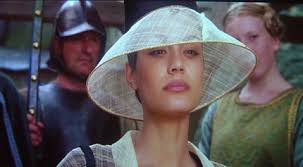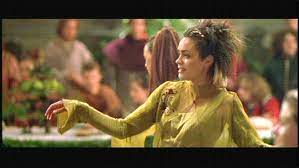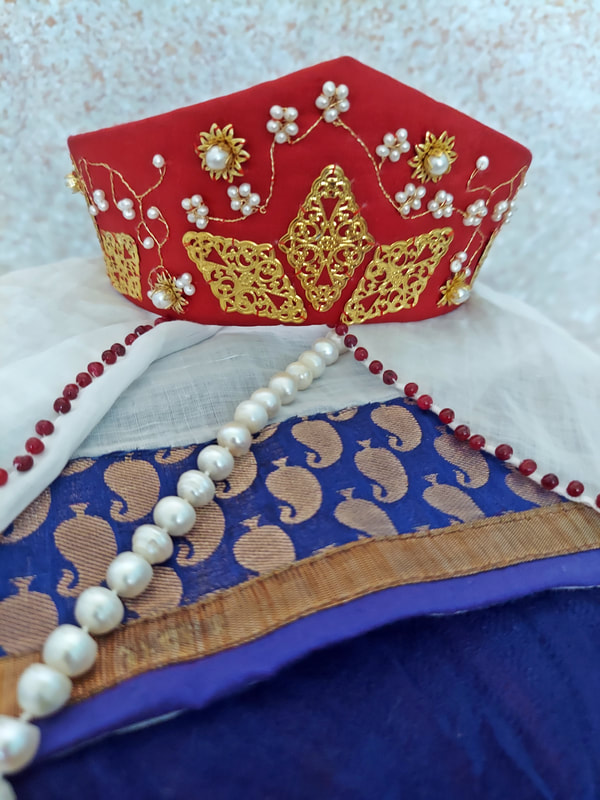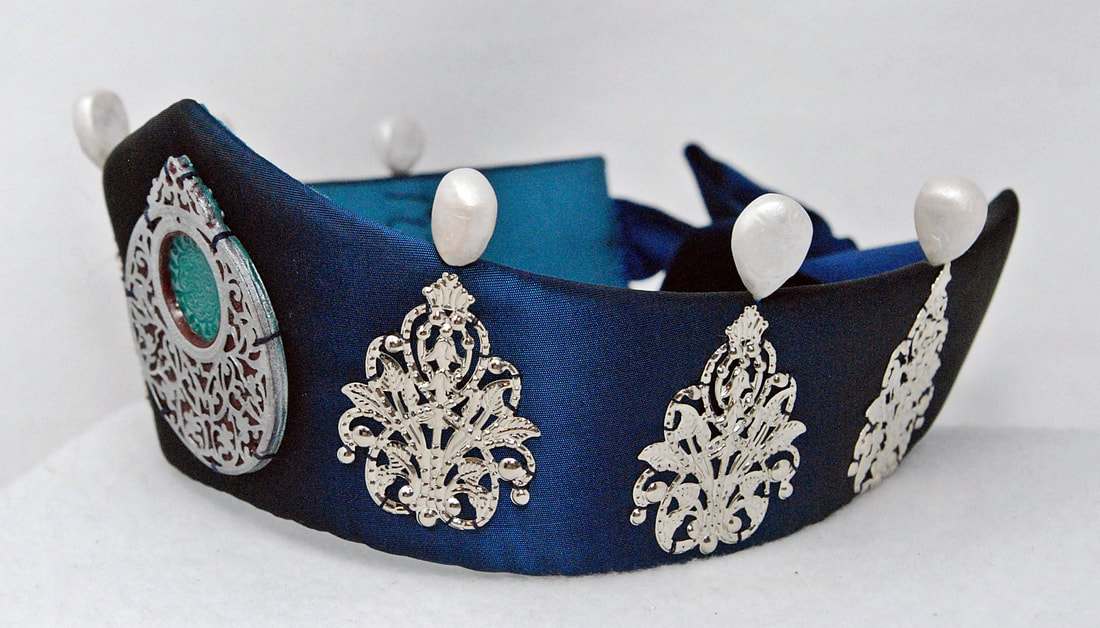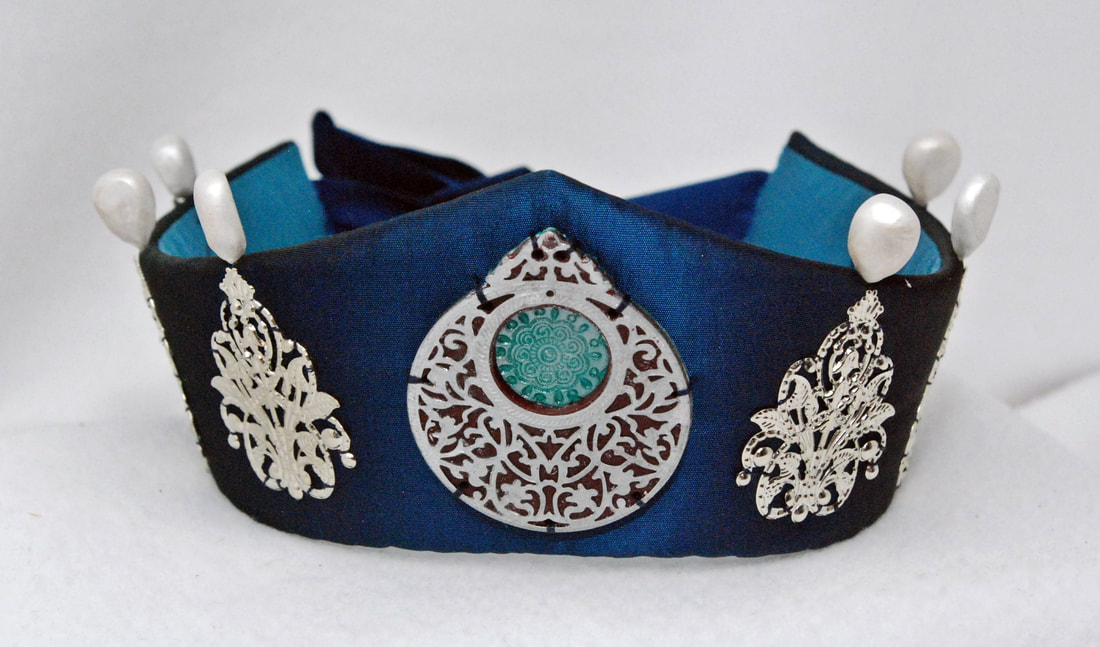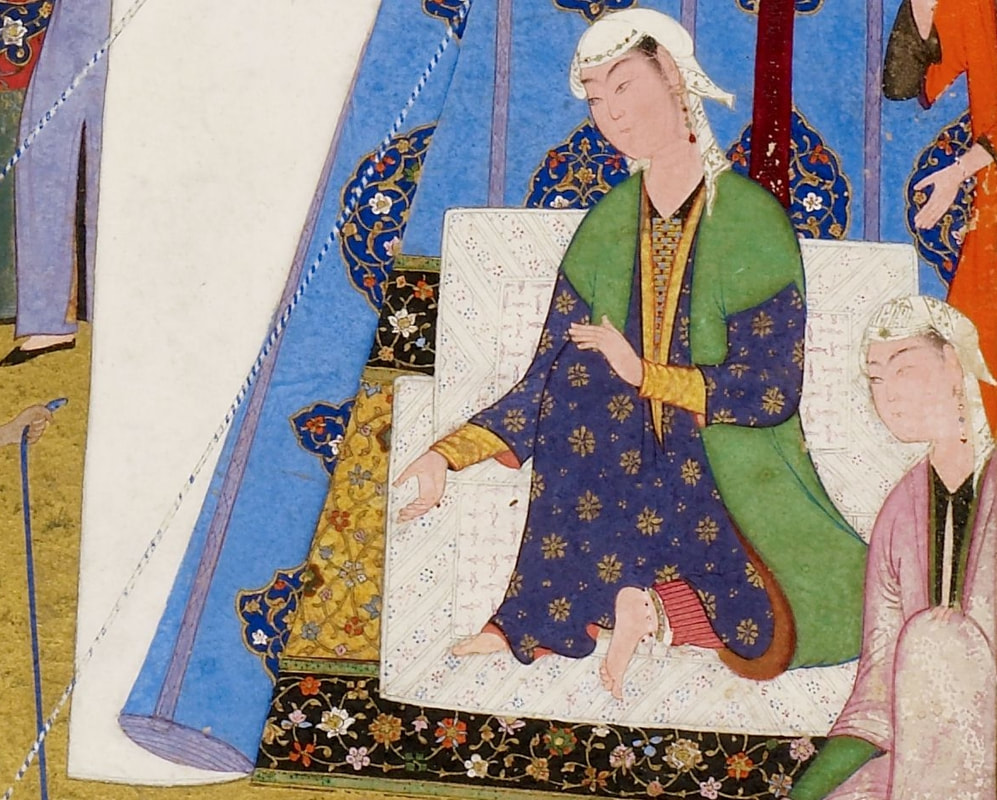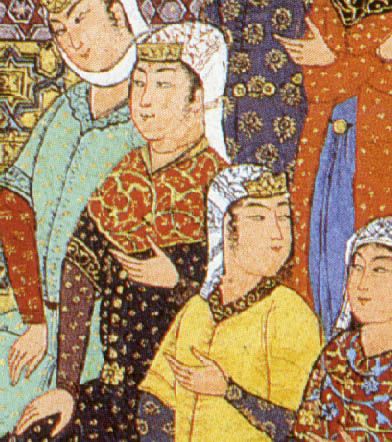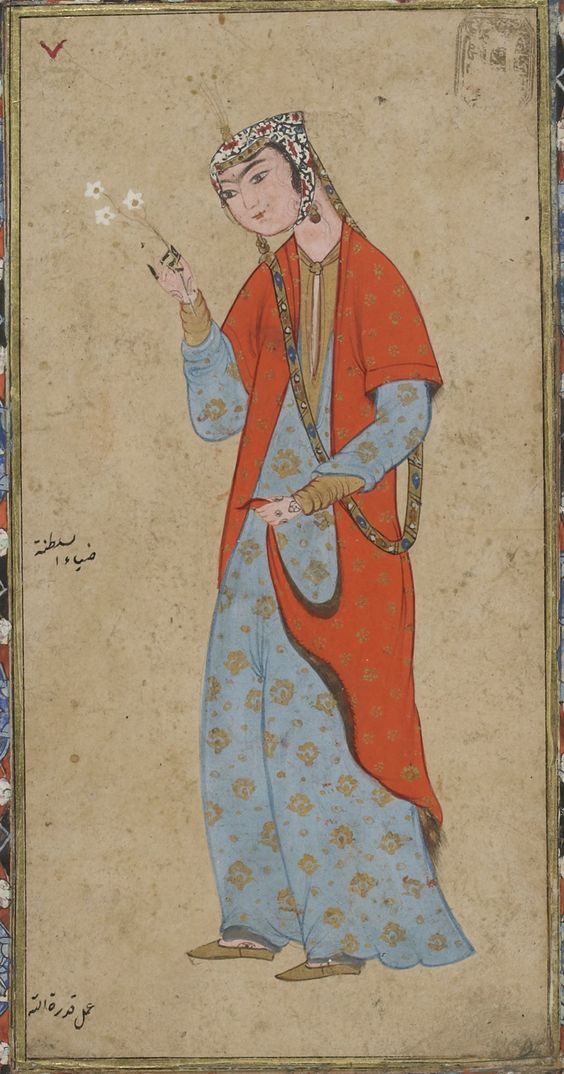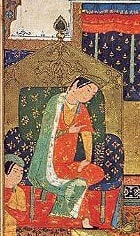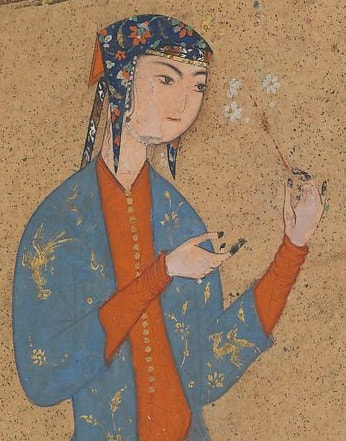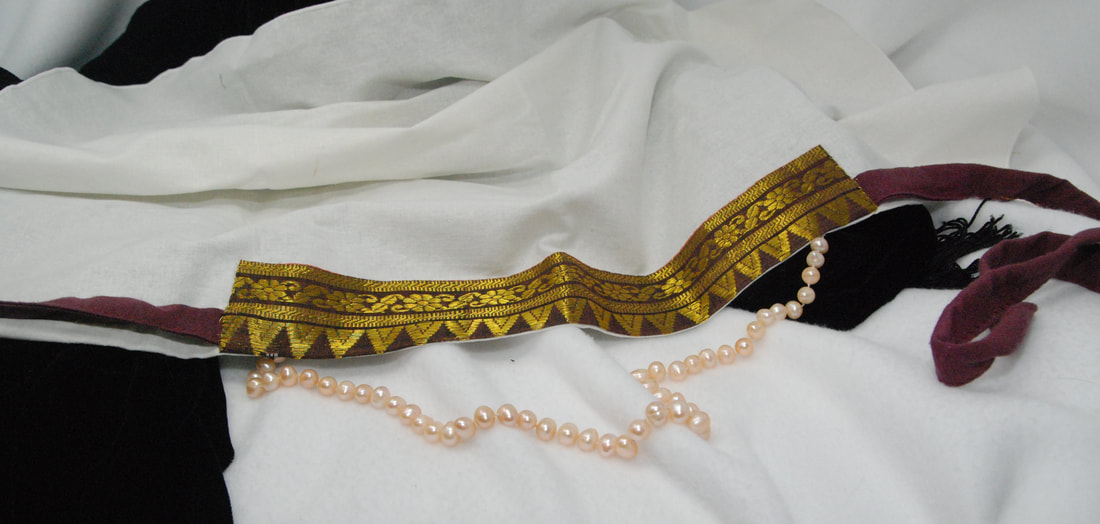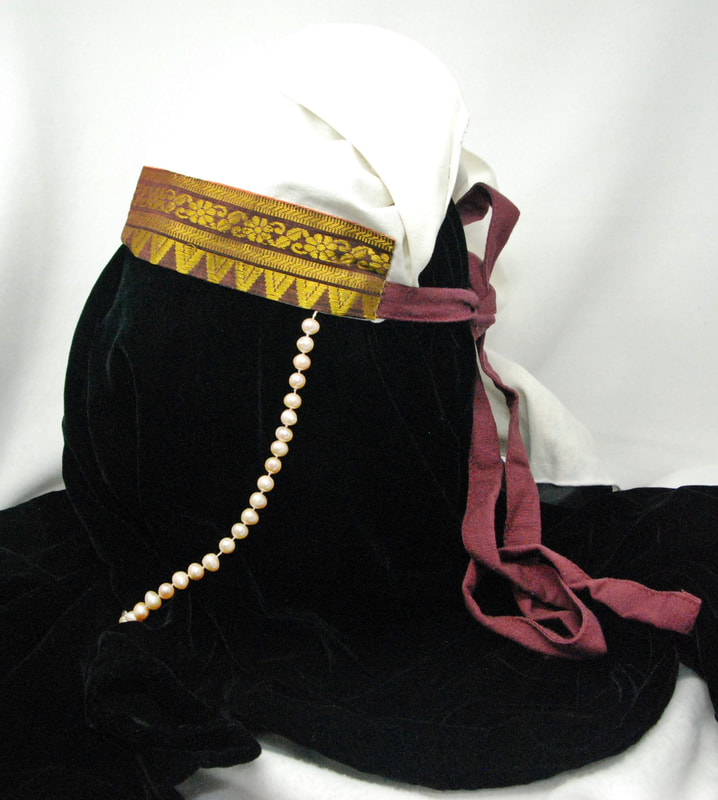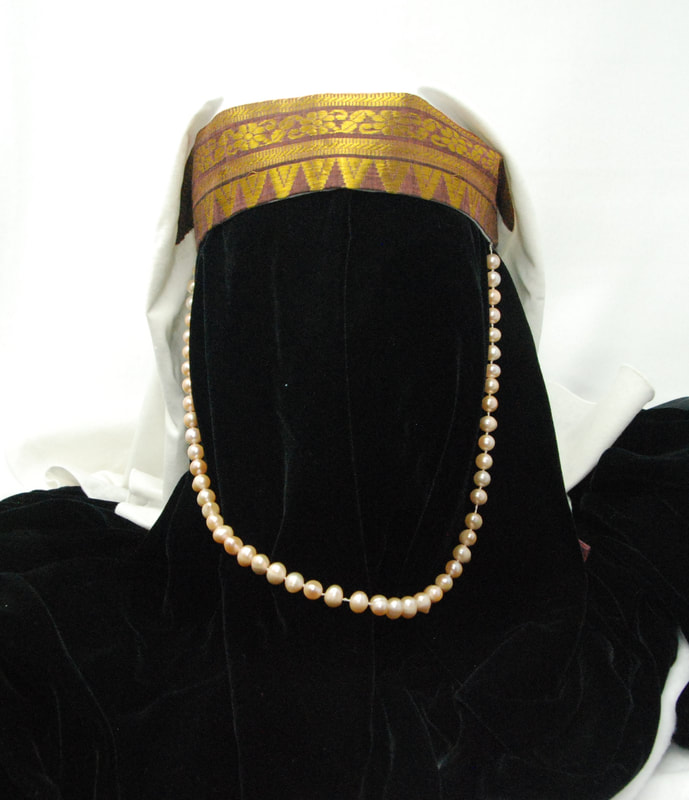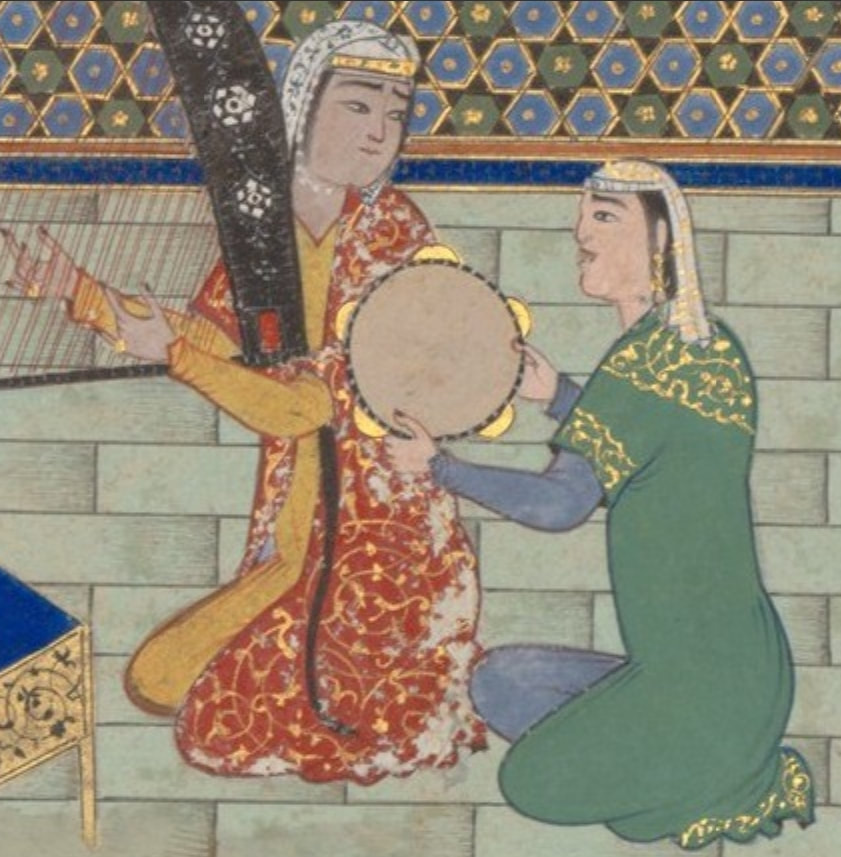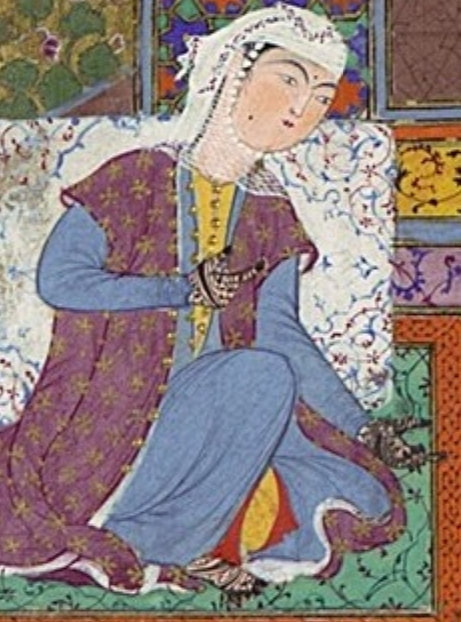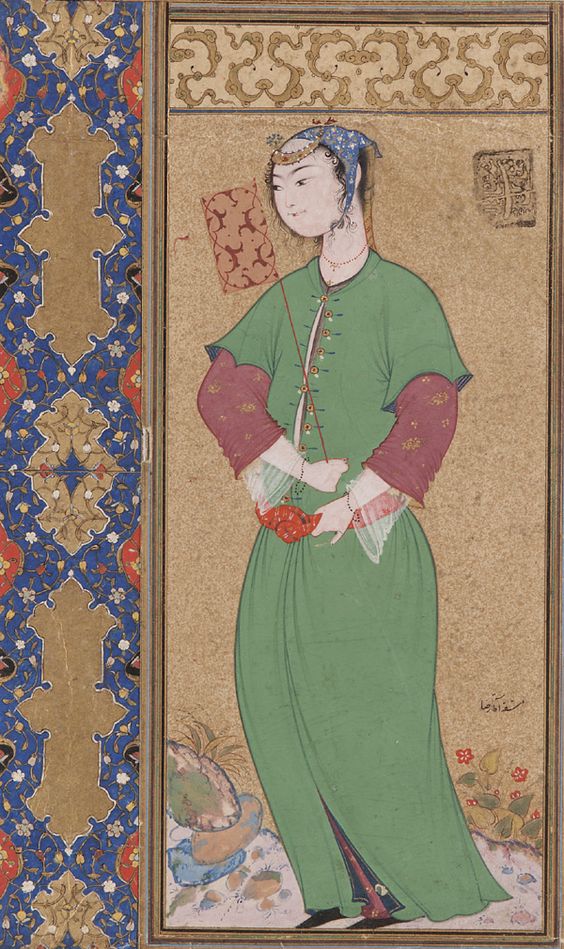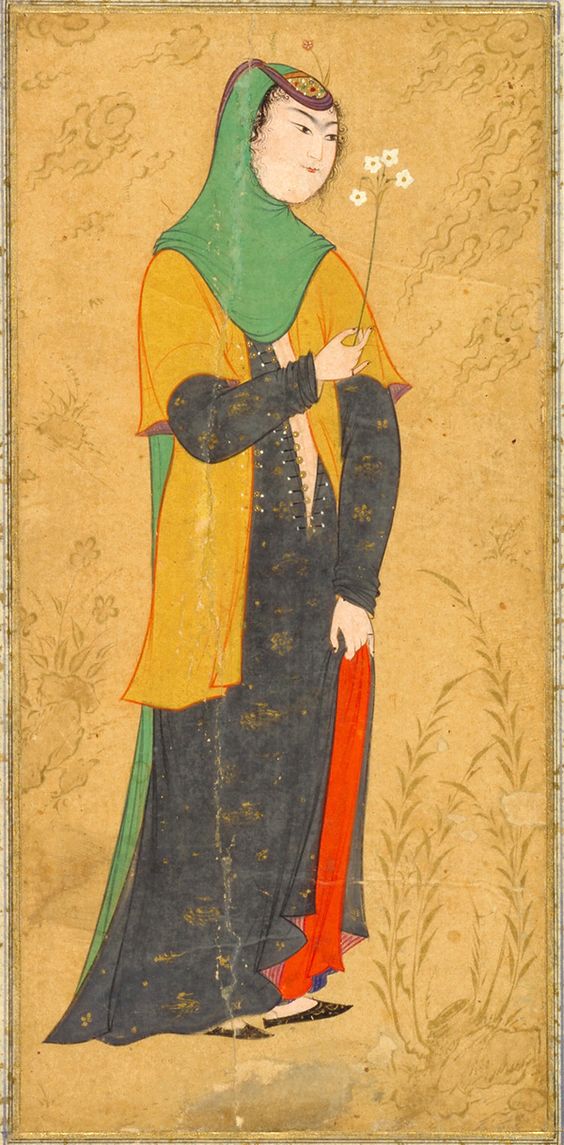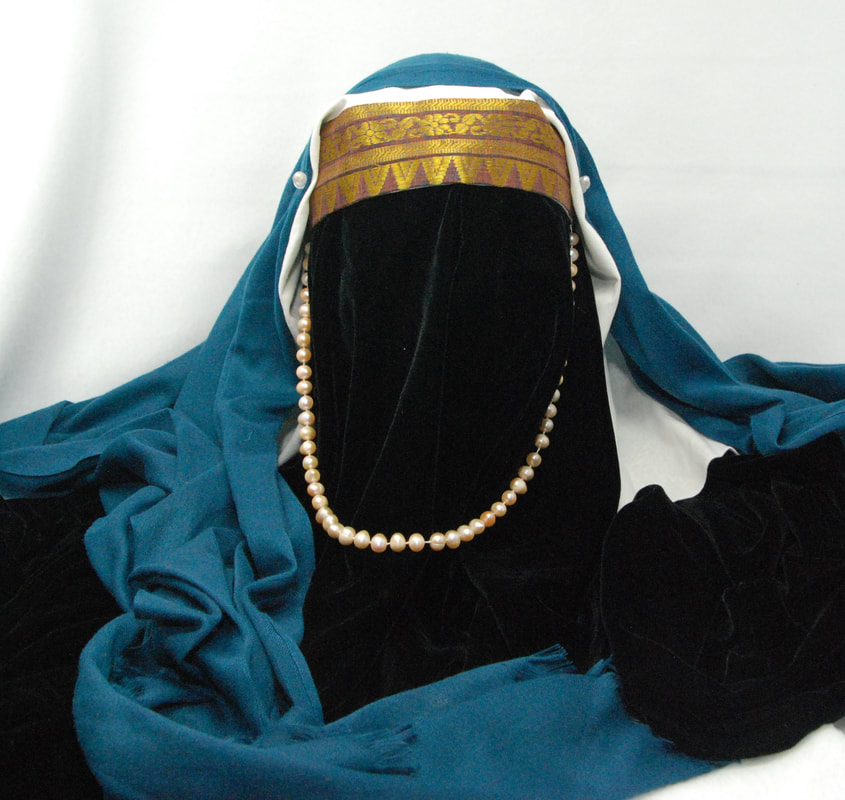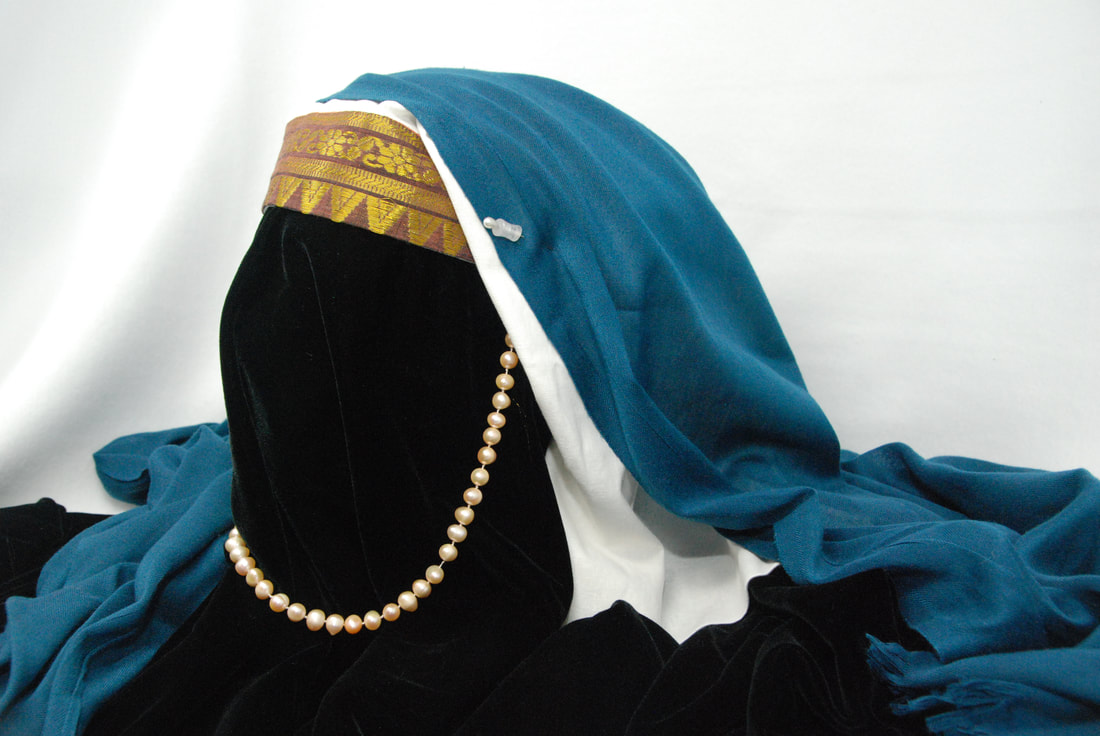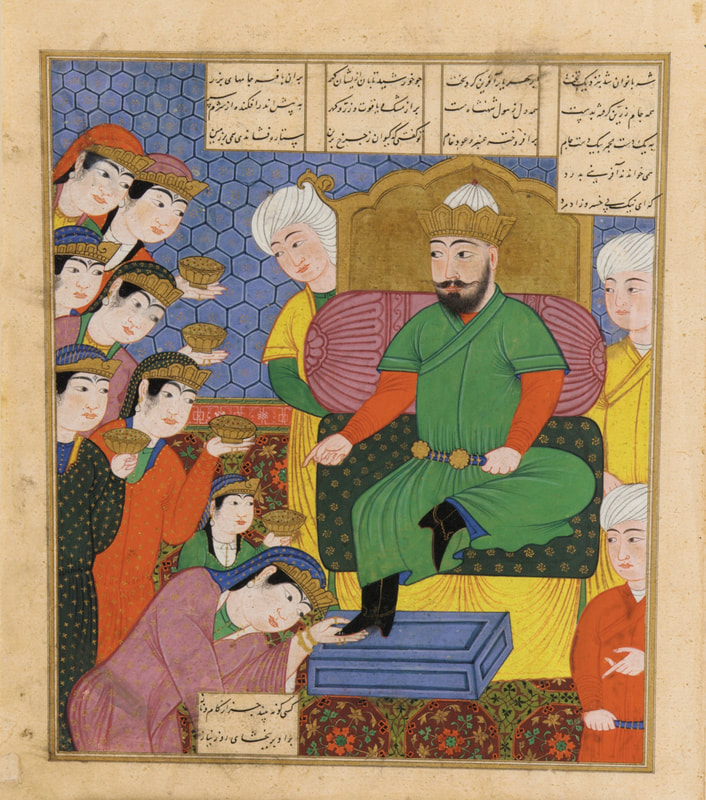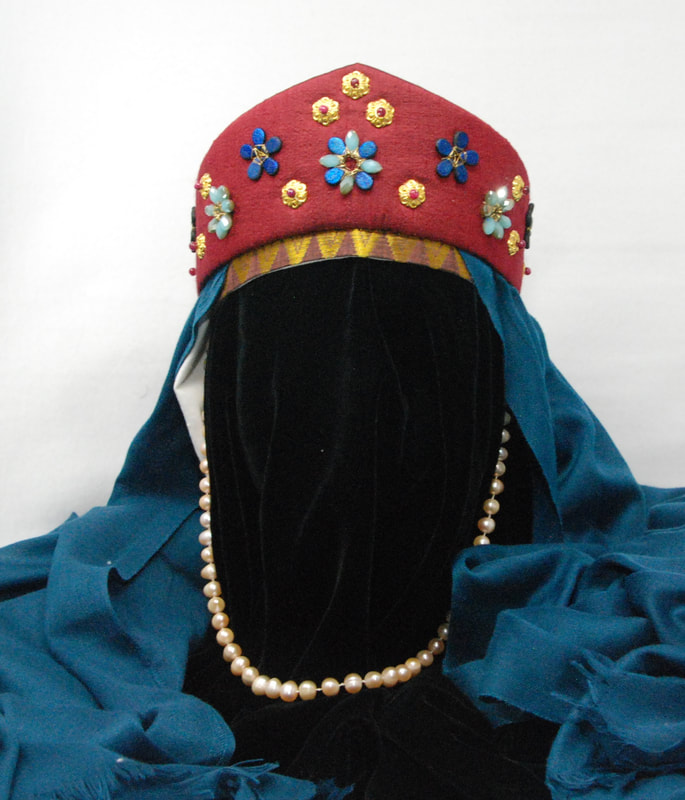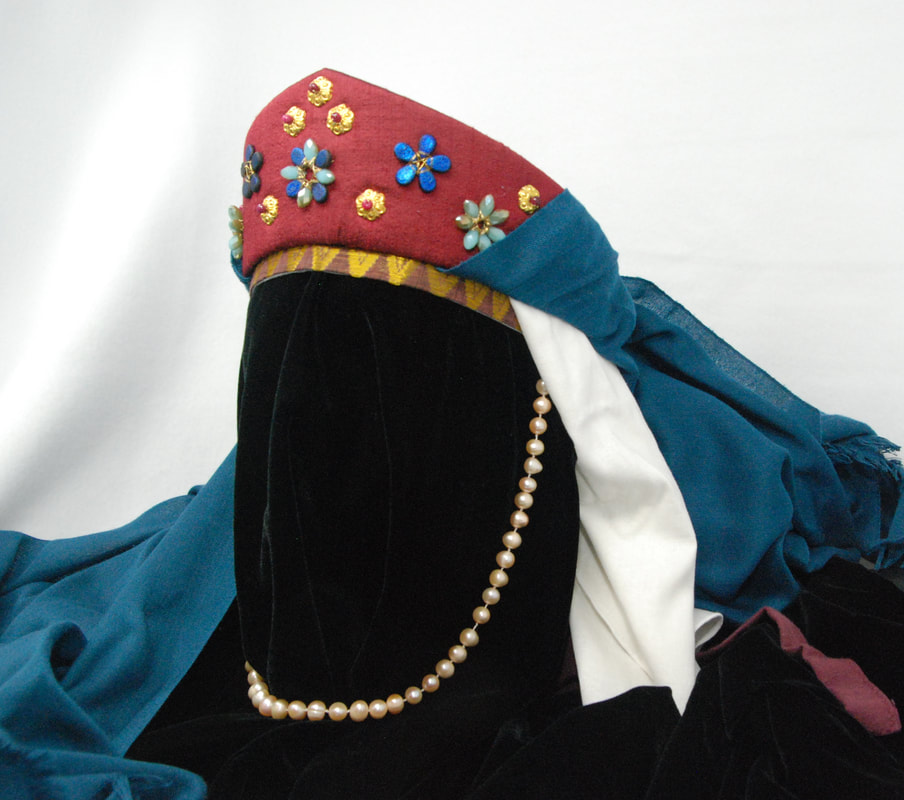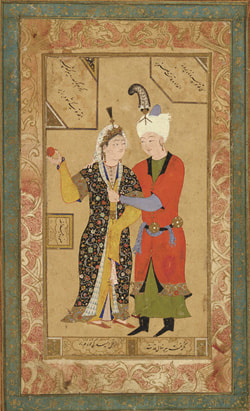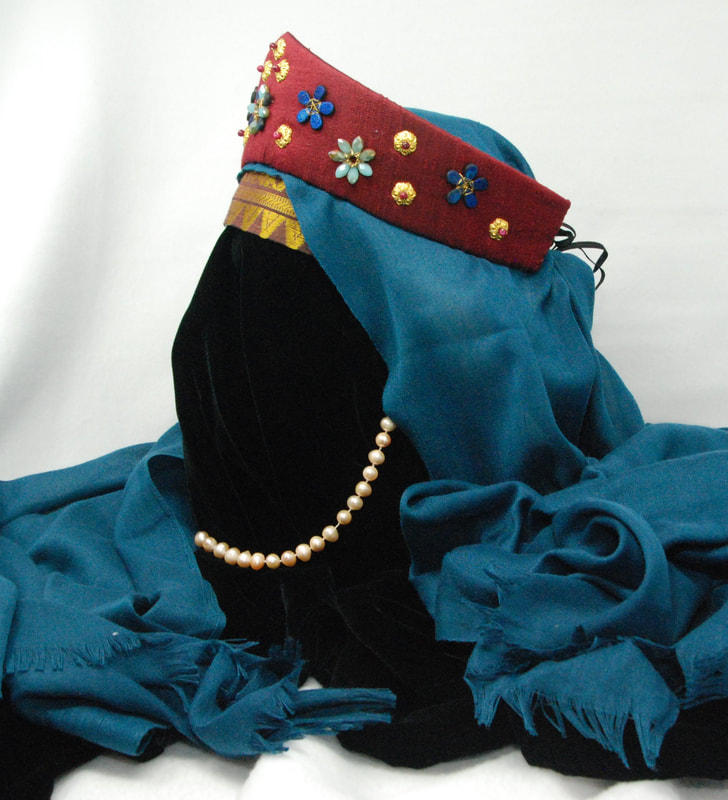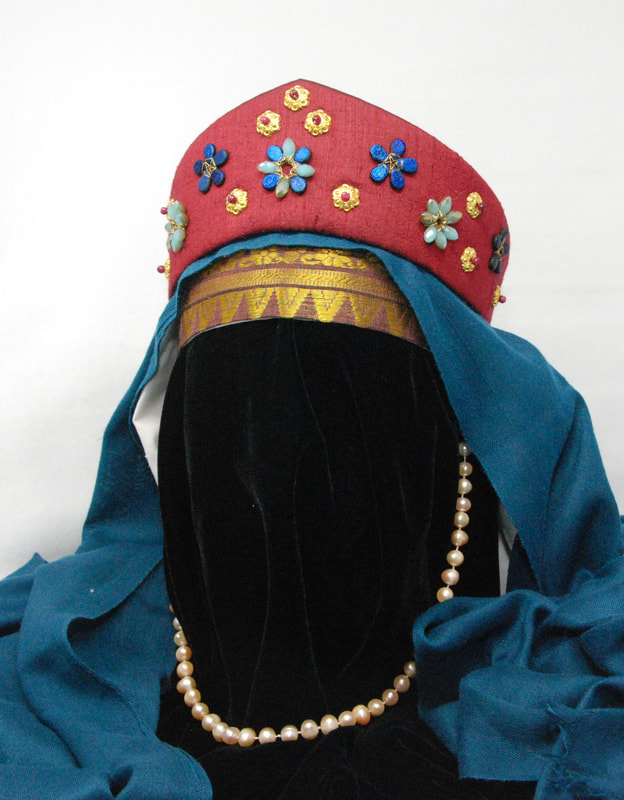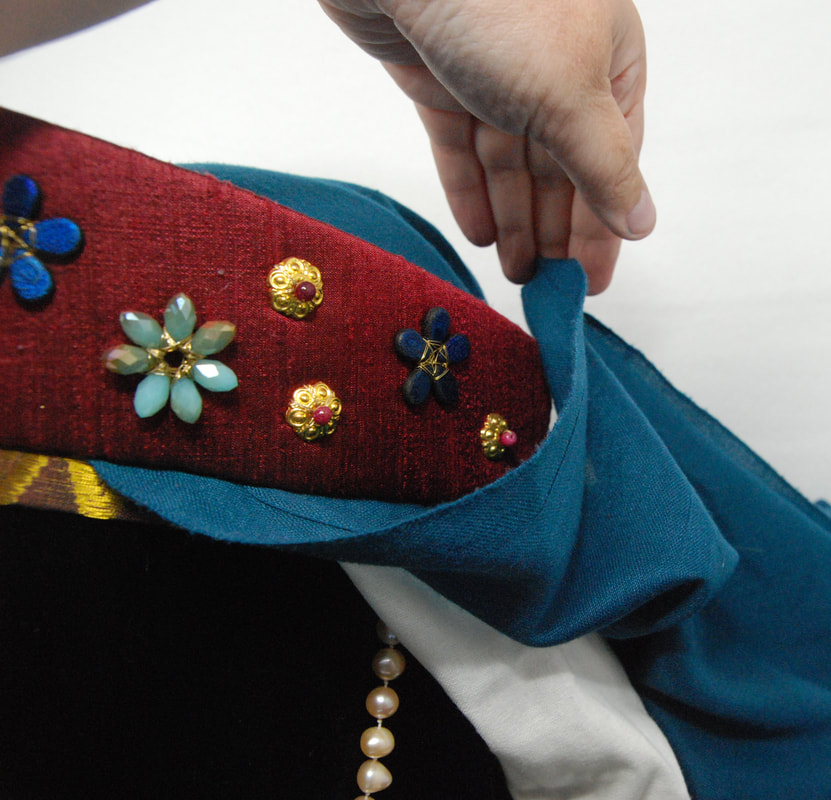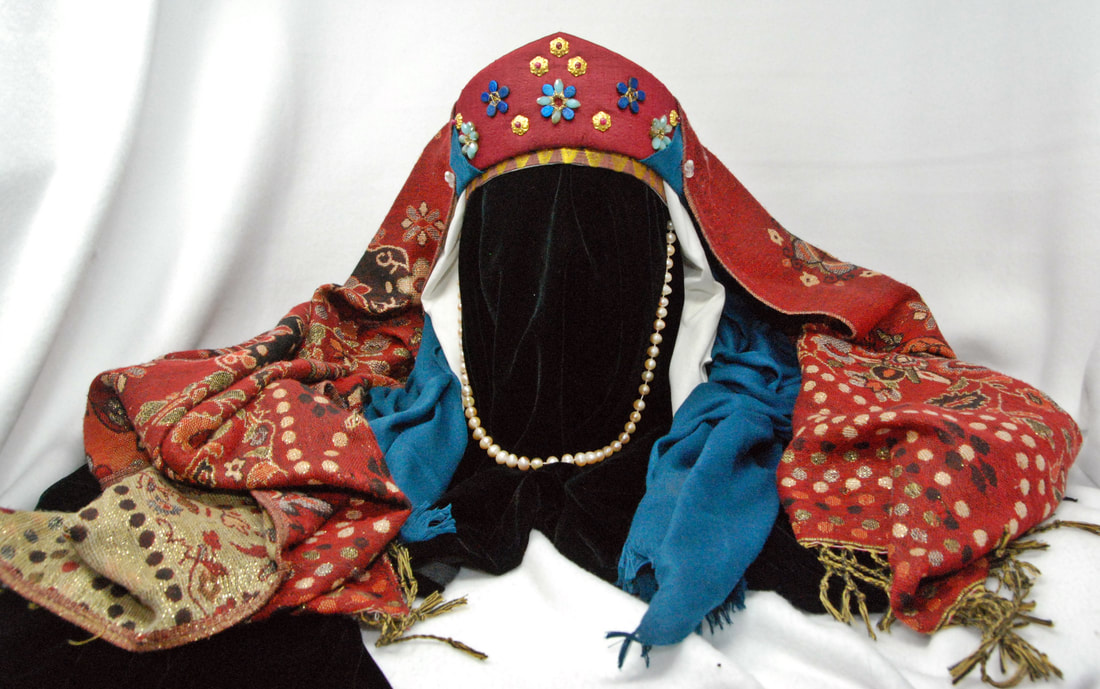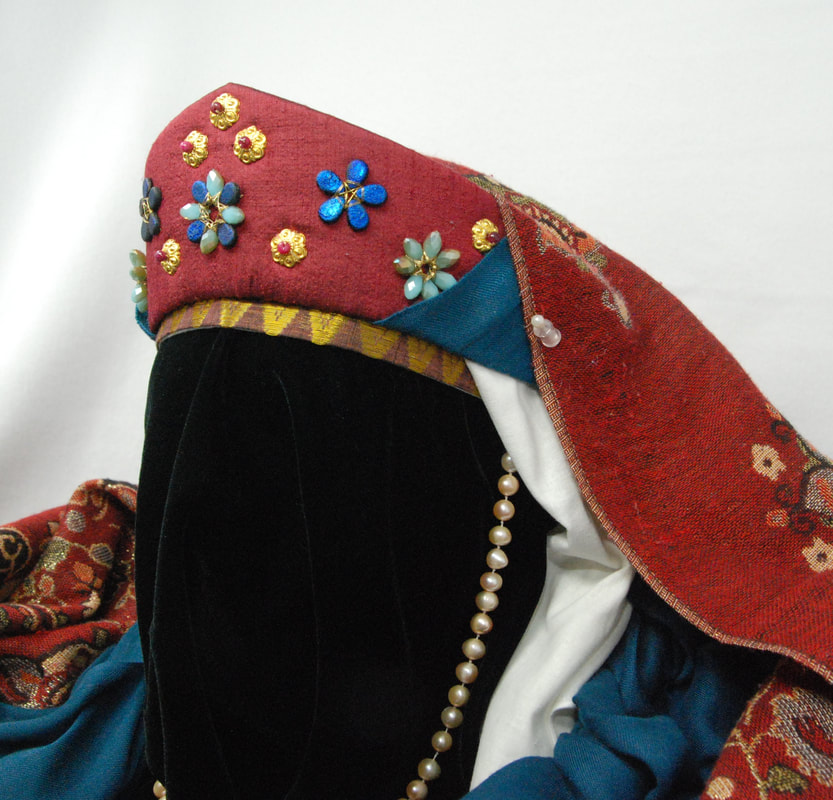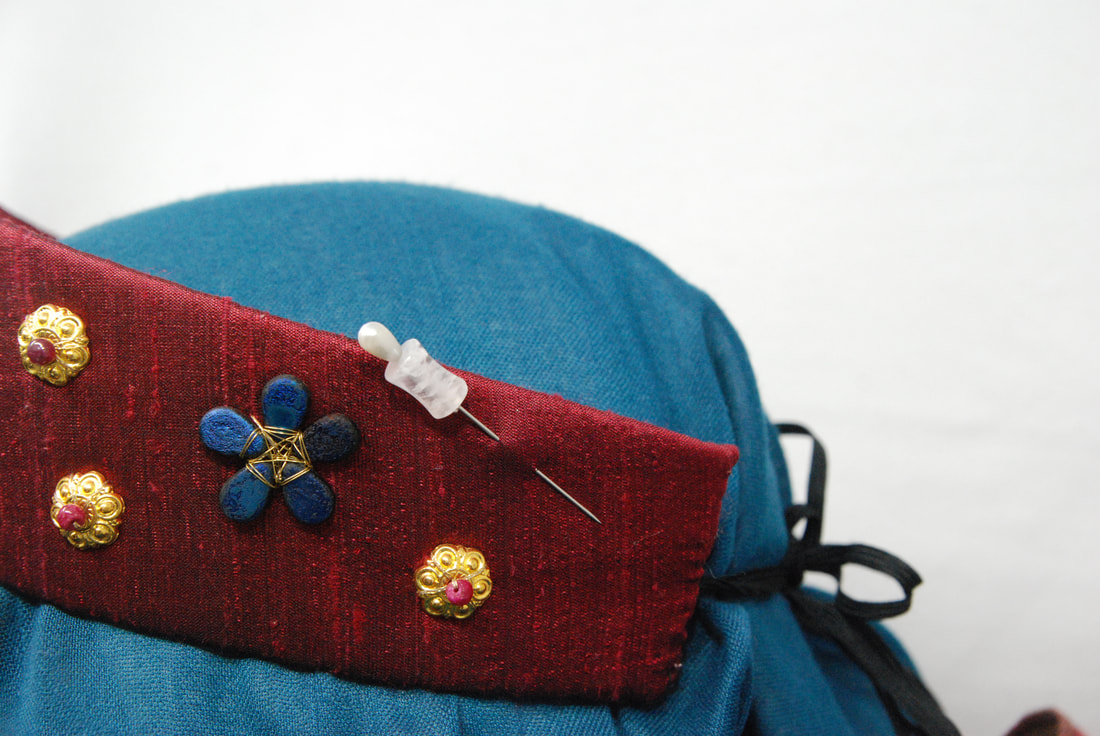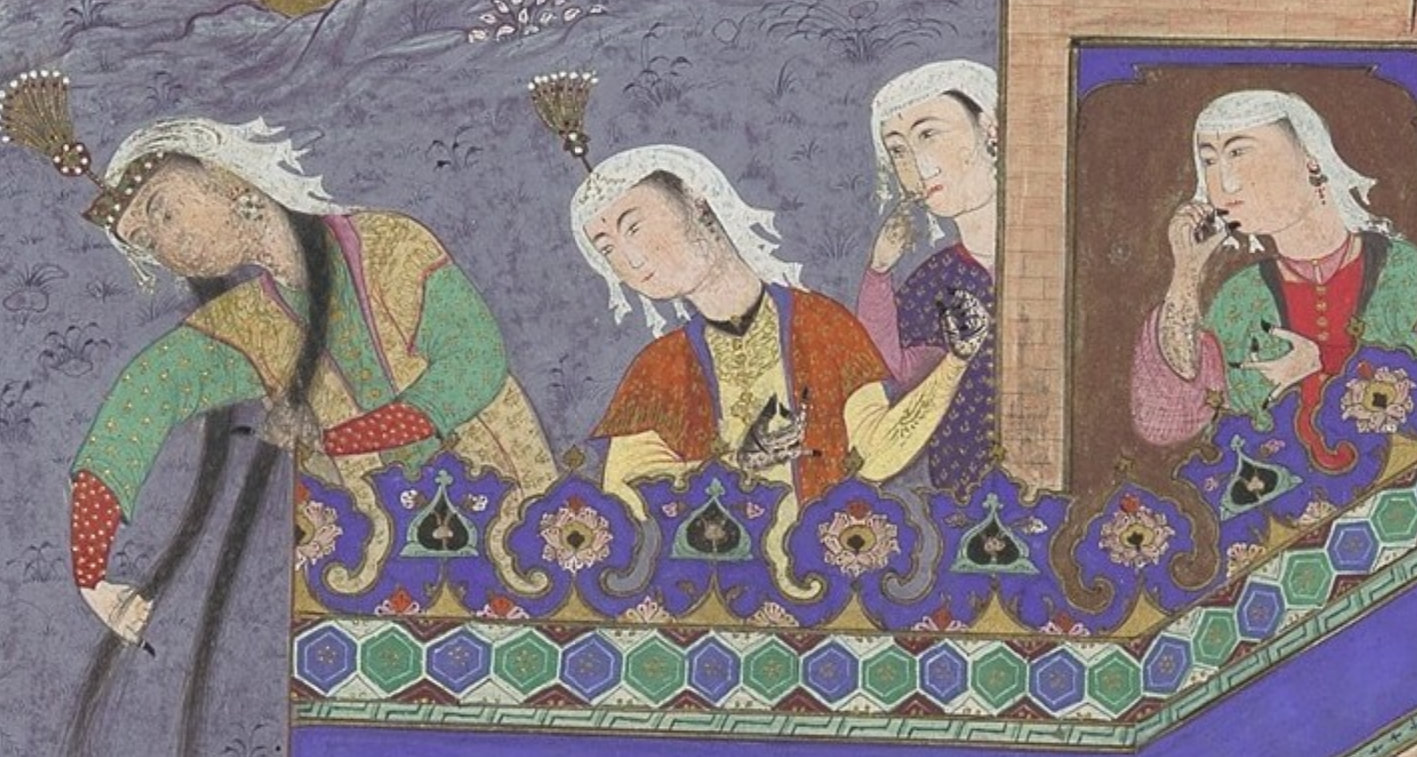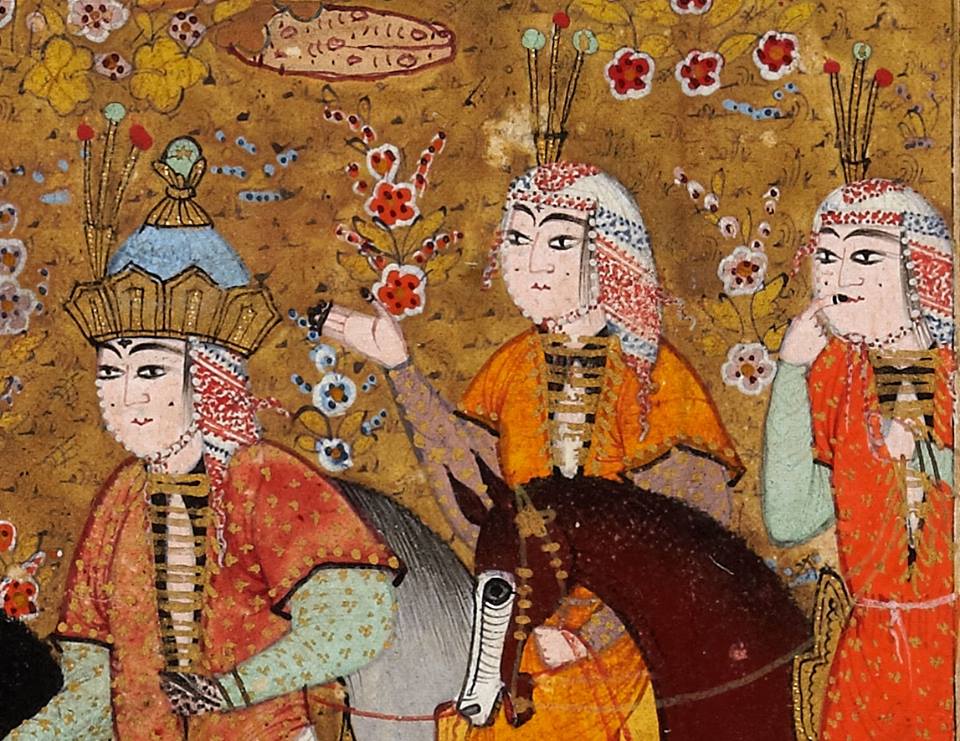How to wear Persian stuff on your head.
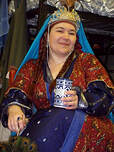
This tutorial is intended for historical reenactors who are putting together a women’s ensemble from Persia in the Timurid to Safavid eras (roughly 14th to 16th centuries). This information will also be helpful if you are putting together a costume for Classical Persian dance, though of course you will want to ‘dance test’ your headgear before heading onstage.
I will be putting together another article on the history of Persian headwear sometime soon; this one is aimed at the practicalities of wear.
I will be putting together another article on the history of Persian headwear sometime soon; this one is aimed at the practicalities of wear.
I do make all of these pieces for purchase and I do a limited number of commissions, items can be found here:
https://www.etsy.com/shop/JadisSilkRoad
But. And this is a big BUT: I am a Laurel in the SCA, which means that teaching others is a big deal to me and a promise I made almost 20 years ago. So that means that if you are interested in making all or some of these pieces for yourself and want some information and help, please contact me, I do not bite. I have a free handout/pattern for the taj that I can send you and I can give you guidance with the rest of it. (If you have no idea what the SCA is start here: it is so much fun!)
https://www.sca.org/
http://www.scademo.com/
It also makes me really, really happy to see other peoples’ work, so if you make your own, or just come up with a combination of pre-made elements that you really love, send me a picture. It makes me happy.
https://www.etsy.com/shop/JadisSilkRoad
But. And this is a big BUT: I am a Laurel in the SCA, which means that teaching others is a big deal to me and a promise I made almost 20 years ago. So that means that if you are interested in making all or some of these pieces for yourself and want some information and help, please contact me, I do not bite. I have a free handout/pattern for the taj that I can send you and I can give you guidance with the rest of it. (If you have no idea what the SCA is start here: it is so much fun!)
https://www.sca.org/
http://www.scademo.com/
It also makes me really, really happy to see other peoples’ work, so if you make your own, or just come up with a combination of pre-made elements that you really love, send me a picture. It makes me happy.
Do you have to wear something on your head?
Well, no, of course not. It’s your body. But, I would advise you to try one of the headdresses that goes with the historical clothing you wear for several reasons.
1. Silhouette: The biggest element that gives you the overall LOOK of a historical period is the silhouette, or the shape that the outfit gives your body. Just think about women’s clothing from the 1860s and the 1920s. Those are completely different looks that cannot be mistaken for anything else, even at a distance.
And headwear makes such a huge contribution to the overall silhouette that it’s an easy way to get close to the look even if your garments are far from perfect (and NOBODY is perfect. Nobody.). And most historical clothing, up to the modern day, doesn’t look right if the hat, headdress or hairstyle is wrong or just missing. There are lots of examples of what NOT to do in tv shows and movies. A Knight's Tale, I'm looking at you:
1. Silhouette: The biggest element that gives you the overall LOOK of a historical period is the silhouette, or the shape that the outfit gives your body. Just think about women’s clothing from the 1860s and the 1920s. Those are completely different looks that cannot be mistaken for anything else, even at a distance.
And headwear makes such a huge contribution to the overall silhouette that it’s an easy way to get close to the look even if your garments are far from perfect (and NOBODY is perfect. Nobody.). And most historical clothing, up to the modern day, doesn’t look right if the hat, headdress or hairstyle is wrong or just missing. There are lots of examples of what NOT to do in tv shows and movies. A Knight's Tale, I'm looking at you:
. Comfort: I know that as modern folk we are not accustomed to wearing anything on our heads other than baseball caps and it’s easy to think of anything else as difficult, uncomfortable, unwieldy or just hot.
But headgear has always been worn for reasons beyond fashion and identity. Mostly, headgear is really good at moderating your temperature and keeping you clean. And it tends to be very comfortable once you get the hang of it, especially the styles that are used by people doing actual work or strenuous activities like riding a horse.
Also, this headgear is surprisingly lightweight.
3. Identity: The type of headgear a person wears has always been a marker of identity within a group. It generally shows a person’s identity in multiple ways such as gender, age, social and political status, wealth, marital status and often things like lineage, religion and occupation. I find that not only does wearing the right headgear for the outfit I’m wearing make the whole thing feel right, but I can use my headgear to show modern SCA identity too. You can incorporate awards you’ve won using the heraldic rules for your kingdom, you can add your personal heraldic device or that of your Peer or household. You can use the populace device for your kingdom or local group, or the insignia for an office that you hold, etc etc.
Here are two pieces I've made that incorporate SCA elements.
But headgear has always been worn for reasons beyond fashion and identity. Mostly, headgear is really good at moderating your temperature and keeping you clean. And it tends to be very comfortable once you get the hang of it, especially the styles that are used by people doing actual work or strenuous activities like riding a horse.
Also, this headgear is surprisingly lightweight.
3. Identity: The type of headgear a person wears has always been a marker of identity within a group. It generally shows a person’s identity in multiple ways such as gender, age, social and political status, wealth, marital status and often things like lineage, religion and occupation. I find that not only does wearing the right headgear for the outfit I’m wearing make the whole thing feel right, but I can use my headgear to show modern SCA identity too. You can incorporate awards you’ve won using the heraldic rules for your kingdom, you can add your personal heraldic device or that of your Peer or household. You can use the populace device for your kingdom or local group, or the insignia for an office that you hold, etc etc.
Here are two pieces I've made that incorporate SCA elements.
4. Body mechanics: Everything that we wear has an effect on how we move and how we feel. I find that settling the headgear in place is the final step of really feeling that I am in persona and it effects how I move. Any historical headgear makes me stand straighter and move more smoothly.
I know that wearing something on your head when you aren’t used to it can be an adjustment, but it’s also really fun. Ok, on to the practical…
How to wear Persian stuff on your head:
So you have 3 basic layers: an under veil, the taj and one or more optional over-veils. And truly, don’t get worried about having enough layers. Sometimes only a single underveil is worn without a taj or extra veils. Use what you have and feel free to play with various combinations.
But first, hair: You've got some options. Sometimes little curls of hair are visible in front of the ears sometimes not. You can throw it up in a high bun, you can sometimes see a big lump at the back/top of the head in 16th c Safavid miniatures. Modern Turkish women do the same thing now and in profile they kind of have an 'alien' silhouette that I actually really love.
Or, braids. Sometimes 1, sometimes 2, 4 or many. Frequently they extended the braids with wool or other materials and bound them off with tassels and other ornaments or encased them in a braid case.
In the Timurid period you also see the hair parted in the middle with the sections of the hair that are forward of the ear visible. How that hair does the interesting loopy-thing around/by the ear is the subject of a different post.
aBut, unless your hair is very short, make sure you contain your hair somehow. If you do not, the friction of your hair being trapped between your scalp and layers of veils that shift even slightly will give you some massively tangled hair at the end of the day.
Now on to the layers.
Layer 1: Under veil.
The simplest form is just a rectangle, or a square of fabric folded into a triangle with the fold at the front and the corners falling down the back. It can be tied at the back, or left to hang.
Now on to the layers.
Layer 1: Under veil.
The simplest form is just a rectangle, or a square of fabric folded into a triangle with the fold at the front and the corners falling down the back. It can be tied at the back, or left to hang.
The most complex form involves a rectangular, semi-circle or oval veil with an embroidered veil band and a drape of pearls under the chin. In period these may have all been separate pieces or basted together for wear. I sew all three elements together and add ties just behind the ears to minimize bulk and keep the whole thing on without a lot of bulk at the base of my skull.
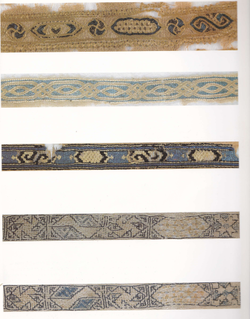
You can also use a separate veil band to tie the first layer in place. Here are some extant veil bands from Mamluk Egypt dating between 1250 and 1517.
They are very similar to some other extant ones from the Ottoman Empire as well at the ones depicted in Persian paintings. We just have a lot of extant stuff from Egypt because the climate is so dry.
In some paintings, the veil and veil band are clearly separate pieces, in others they look like they are/could be sewn together. Here are a couple of paintings where they are distinctly separately pieces:
They are very similar to some other extant ones from the Ottoman Empire as well at the ones depicted in Persian paintings. We just have a lot of extant stuff from Egypt because the climate is so dry.
In some paintings, the veil and veil band are clearly separate pieces, in others they look like they are/could be sewn together. Here are a couple of paintings where they are distinctly separately pieces:
|
But, whether you are using separate pieces or one of the Persian headdresses that I make, you can choose to tie the back of the veil band over the top of the veil, or underneath the veil.
If you tie it over the top of the veil, it will keep your body heat in and keep you warm. It will also keep the ends of the veil out of your way if you are working. If you tie it underneath, it will create shade at the base of your neck and shoulders and help to keep you cool. It will also allow the veil to drape over your back and shoulders and look pretty. If I’m tying it underneath, I generally go underneath my braids as well to help anchor things and to keep me cooler. Very important: the fabric for both veil and veil band needs to be 'sticky'. They used mostly cotton and sometimes linen. If you try to use silk, faux silk or anything that has a really smooth or satiny texture you will be unhappy. You will be unhappy because you will get this whole thing on, take three steps and then the whole arrangement will go shooting off the back of your head. Don't skip the under layer. It doesn't have to be fancy; it doesn't have to be visible. But you need it to protect your taj and silk veils from sweat and staining, to keep your head cool and to keep the whole shebang together. A cotton bandanna or scarf is just fine and you can arrange it so this bottom layer isn’t visible at all. But don’t skip it. That’s how I ruined my favorite purple silk taj on a hot day a few years ago. Layer Two: another veil: optional. This one should still be kind of ‘sticky’ if you are adding anything else on top of it, but it can be made in a variety of shapes and sizes. The one in the photos is just a ‘pashmina style’ rectangle. I fold it to find the middle of one of the long sides to find the center and drape it over my head either coming over my forehead or settled back along the ‘mid-line’ of my head.
I visualize a line passing over the top of my head from the tip of one ear to the other, right where an Alice in Wonderland headband sits. |
If you are adding a taj, then you don’t need to pin this veil down. If you are wearing just these two layers, you will need a pair of veil pins. You can either pin the over veil into the veil band on each side of your head, or into the top of the under veil right the mid-line I was talking about. Make sure you pin using two or three pins. If you only use one at the center it will drag off the back of your head, either coming off entirely or just being painful and annoying all day.
If you are pinning along the mid-line, arrange the pins either parallel or perpendicular to the mid line, catching the under and over-veil multiple times like a running stitch. Start each pin about 3 inches from the ear and pin toward the center/top of your head. That leaves the decorated ends of the veil pins towards the outside of your head and you are significantly less likely to stab someone accidentally when they try to give you a hug.
Layer Three: the taj
The taj goes on with ties and in almost all period depictions it is worn parallel to the ground, across the forehead, not tipped back like a Miss America tiara. When it is shown sort of tipped, it is still sitting right at the hairline, not pushed back.
If you are pinning along the mid-line, arrange the pins either parallel or perpendicular to the mid line, catching the under and over-veil multiple times like a running stitch. Start each pin about 3 inches from the ear and pin toward the center/top of your head. That leaves the decorated ends of the veil pins towards the outside of your head and you are significantly less likely to stab someone accidentally when they try to give you a hug.
Layer Three: the taj
The taj goes on with ties and in almost all period depictions it is worn parallel to the ground, across the forehead, not tipped back like a Miss America tiara. When it is shown sort of tipped, it is still sitting right at the hairline, not pushed back.
|
Like the veil band, you can choose whether to tie the taj over the top of the veils or to pass the ties to the bottom of the layers so that you secure it at the base of your skull. And like the veil band, go over the layers if you want warmth and/or controlled veils or under if you want to stay cool and have your layers fluffed out and pretty.
If you have added the Layer Two veil, at this point you can wrap the sides of the veil up and tuck them into the top of the taj or leave them to hang. Hard to explain, I included a couple of pictures. |
Layer Four: Outer veil: also optional
It can be made out of whatever you like that is a period material. Silk is my favorite, but cotton, linen and wool are all fair game.
Again, shapes are variable: rectangle, oval, triangle etc. Just lay it over the top of the taj and pin it into place.
The taj is a plastic canvas frame with wool or fleece padding and then the decorative fabric over the top. You want to pin into the decorative fabric and the padding, but not the base.
It can be made out of whatever you like that is a period material. Silk is my favorite, but cotton, linen and wool are all fair game.
Again, shapes are variable: rectangle, oval, triangle etc. Just lay it over the top of the taj and pin it into place.
The taj is a plastic canvas frame with wool or fleece padding and then the decorative fabric over the top. You want to pin into the decorative fabric and the padding, but not the base.
Layer Five: Feather Aigrette
The feather or flower ornament is optional. Some period depictions show tajs and other headdress arrangements worn with aigrettes, some without. If it is very windy and your aigrette is tall, maybe think about skipping it. Also, try to remember it is there when you enter or exit a low tent door…
The feather or flower ornament is optional. Some period depictions show tajs and other headdress arrangements worn with aigrettes, some without. If it is very windy and your aigrette is tall, maybe think about skipping it. Also, try to remember it is there when you enter or exit a low tent door…
I make my aigrettes so that they slide into a little pocket at the top of the taj or centered on the veil band. I wait until all the layers are on and pinned before I put the aigrette on.
I hope this and the included photos help but the biggest thing is to practice and to play with different arrangements of veils and their placement to figure out what you like. My tendency is to wear the under veil/headdress combo (veil, veil band, pearl drape), taj and aigrette during the day and then when I need to get ready for court or for the evening, I just drop a fancier veil over the top, pin it and go.
And remember, clothing is like language. Once you learn the language of Persian dress, then you get to write the poetry. It’s really satisfying to develop your own personal style within historical dress based on the materials and colors that you love and feel good in. As historical reenactors or dancers, we get to choose the historical clothing that fits with the way we live our lives in the clothing. Our climate, preferred activities, and the historical images that resonate with us all come together to create something unique to each person.
Which leads me to ask a favor. Please send pictures of yourself and your friends in Eastern historical clothing and headdresses. I especially love to see pieces that I made or pieces that you made using my patterns and classes, but I find it really inspiring to see what each person does to combine all these historical elements. It makes me happy and it gives me so many ideas that improve my own work.
I also find it really, really useful to look at a lot of period paintings and extant textiles before I attempt to create a particular look. Also, looking at beautiful things is just inherently fun. So, here’s a link to some of my Pintrest boards that have historic images and images of extant items.
Eastern paintings: https://www.pinterest.com/jadifatima/eastern-paintings
Historic hats: https://www.pinterest.com/jadifatima/extant-hats
Historic hats I have made: https://www.pinterest.com/jadifatima/historic-hats-i-have-made-based-on-museum-research/
Etsy shop with items currently for sale: https://www.etsy.com/shop/JadisSilkRoad?section_id=24530150
I hope this was all useful, but I'm happy to answer additional questions, just send me a message here or on Facebook and I'll try to get back to you as soon as I can. www.facebook.com/JadiFatimaOL
